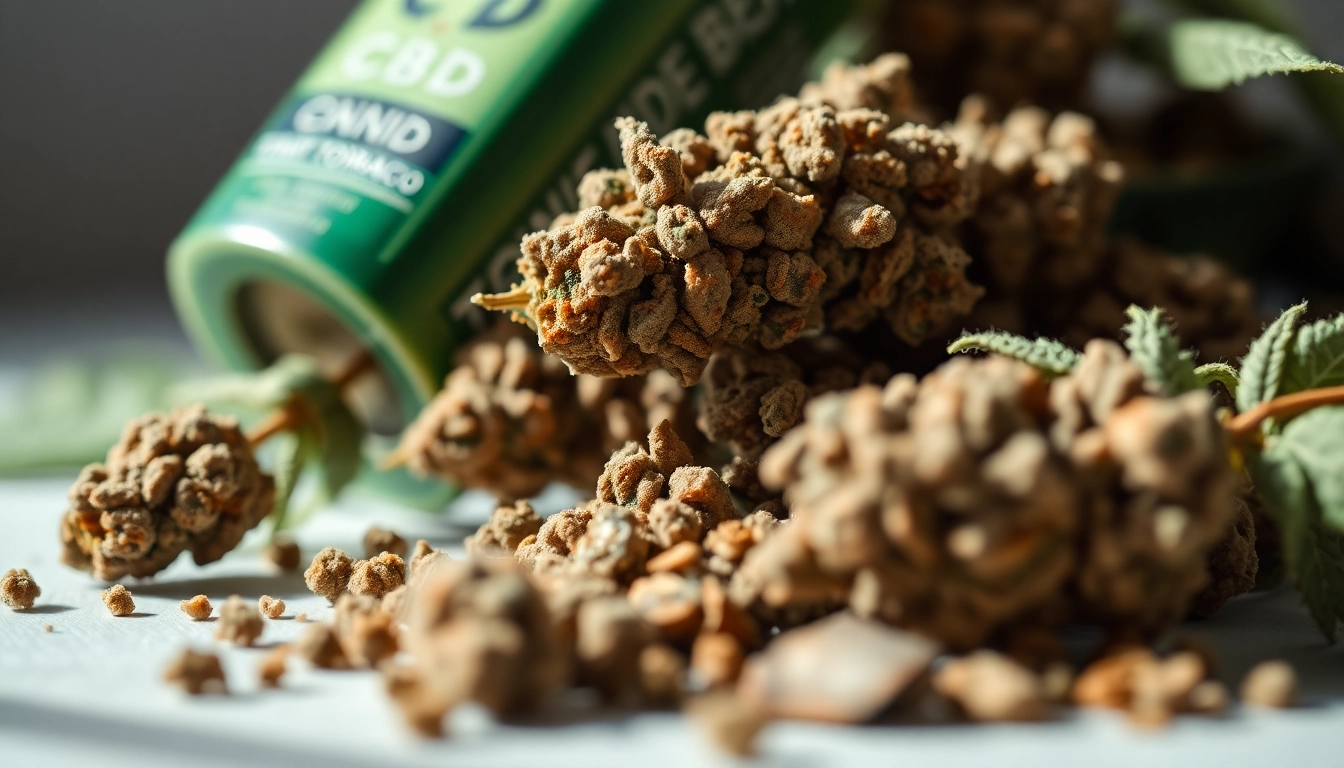What is Body Sculpting?
Body sculpting, also known as body contouring, is a collection of techniques aimed at reshaping and refining the body’s natural form. While some may associate body sculpting exclusively with surgical procedures, the reality is that a diverse range of options exists, catering to various preferences and needs. Many people seek body sculpting as a means to achieve a more defined silhouette, targeting stubborn areas that are resistant to traditional weight loss methods. In this comprehensive guide, we’ll explore its underlying concepts, techniques, potential benefits, and what anyone considering these options should know. For those looking to dive deeper, consider visiting body sculpting services to see what’s available.
The Concept behind Body Sculpting
At the heart of body sculpting is the principle of fat reduction and body contouring through various methods. The primary aim is to enhance aesthetics by removing or reducing areas of fat, tightening skin, or building muscle. As a process, body sculpting does not just enhance outward appearance; it can also improve psychological well-being by fostering increased confidence and body positivity.
Diverse Techniques in Body Sculpting
There are numerous body sculpting techniques, each with unique methodologies and results:
- Surgical Options: Methods like liposuction or tummy tucks remove excess fat and skin through surgical intervention.
- Non-surgical Options: These techniques involve non-invasive procedures like CoolSculpting, SculpSure, and Emsculpt, which employ technology to target fat cells without major recovery time.
- Injection Techniques: Injections such as Kybella can dissolve localized fat deposits under the chin.
Who Can Benefit from Body Sculpting?
Candidates for body sculpting span various demographics, including those seeking to refine their silhouette after weight loss, individuals wanting to address stubborn fat resistant to diet and exercise, or those looking simply to enhance their bodies aesthetically. Those who have realistic expectations about outcomes and understand the risks involved tend to benefit the most.
Benefits of Non-Surgical Body Sculpting
Non-surgical body sculpting has gained immense popularity due to its various benefits compared to invasive techniques:
Minimal Downtime and Recovery
Non-surgical methods usually require minimal recovery time, allowing individuals to return to daily activities almost immediately. Unlike surgical procedures, which may necessitate weeks of healing, non-invasive techniques can often be completed in a single session lasting less than an hour, making them ideal for busy lifestyles.
Effective Fat Reduction
Many non-surgical body sculpting technologies focus on eliminating specific fat areas. Procedures like CoolSculpting can reduce fat in targeted areas by 20-25% following a single treatment. This precision helps contour the body effectively without extensive procedures.
Enhanced Body Contour and Confidence
Beyond physical changes, improved body contour can lead to significant boosts in self-esteem and confidence. The psychological benefits of looking better often translate into feeling better emotionally and socially.
Popular Body Sculpting Techniques
Each body sculpting technique has its unique advantages and operating principles. Here are some of the most popular options currently available:
CoolSculpting Explained
CoolSculpting utilizes a process called cryolipolysis that freezes and destroys fat cells. This method is FDA-approved and widely regarded for its effectiveness. During treatment, an applicator is placed on the targeted area, where it cools the fat, causing its gradual destruction. The body naturally eliminates these dead cells, leading to a permanently reduced fat layer. Many patients report feeling only slight discomfort during the procedure.
Radiofrequency Body Sculpting
Radiofrequency (RF) body sculpting treatments use radiofrequency energy to heat targeted tissue, which stimulates collagen production. This method helps in both tightening the skin and reducing fat. The results can noticeably enhance body contours and promote a smoother appearance.
Sonic and Ultrasound Treatments
Ultrasound body sculpting employs sound waves to target and break down fat cells, which the body then eliminates. The treatment is typically non-invasive, with many providers offering localized treatments that target specific areas, delivering effective results without the need for surgery.
Risks and Considerations
Despite the many benefits of body sculpting, potential candidates should remain informed about the risks and considerations involved:
Understanding the Potential Side Effects
Side effects can vary depending on the technique used but commonly include swelling, bruising, redness, and numbness in treated areas. While these symptoms are often temporary, understanding them is crucial for an informed decision.
Who Should Avoid Body Sculpting?
Individuals with certain medical conditions, such as severe obesity, skin conditions, or specific autoimmune disorders, should avoid body sculpting procedures. It’s essential to consult a healthcare professional to assess eligibility and safety.
Balancing Expectations and Realities
While body sculpting can produce significant results, it is crucial to balance expectations versus reality. Many procedures yield subtle changes rather than drastic transformations, and maintaining a healthy lifestyle post-treatment is vital to prolong results. Realistic expectations contribute to satisfaction with results.
What to Expect During Your Body Sculpting Appointment
Preparing adequately for a body sculpting appointment paves the way for a smoother experience. Here’s what you can typically expect:
Your Pre-Treatment Consultation
A pre-treatment consultation is critical for determining suitability and setting expectations. During this meeting, a healthcare provider evaluates your medical history, discusses your goals, and recommends appropriate techniques. Expect detailed discussions regarding potential risks and outcomes to ensure informed consent.
The Body Sculpting Procedure Steps
Procedural steps will depend on the technique chosen. Generally, non-surgical procedures involve applying the device or treatment to the targeted area while you relax. Sessions may vary in length but typically take between 30-60 minutes. Providers often recommend that the skin be clean and free of lotions before the procedure.
Post-Treatment Care and Results
Post-treatment care will vary based on the procedure performed. Common recommendations include avoiding strenuous activities immediately post-procedure, hydrating well, and adhering to follow-up appointments. Though some results may be visible within weeks, full results often take several months as the body naturally eliminates the treated fat cells.



